The term “crepuscular” refers to animals that are primarily active during the twilight hours of dawn and dusk. This behavior is observed in various species, including domestic cats, and is characterized by a peak in activity levels during these times.
The crepuscular activity pattern is distinct from diurnal (active during daylight) and nocturnal (active at night) behaviors, though there can be some overlap depending on the specific habits and environmental conditions of the animal.
In the context of domestic cats, being crepuscular is closely tied to their natural hunting instincts and evolutionary history. Here’s how this behavior relates to cats and why it’s significant:
Evolutionary Adaptation
Cats’ ancestors adapted to hunting during twilight hours to take advantage of cooler temperatures and the increased activity of their prey, which often includes small mammals and birds that are also active during these times. This adaptation reduces the risk of overheating during the chase and leverages the low light conditions to stalk prey more effectively.
Sensory Advantage
Cats have excellent night vision and are highly sensitive to movement, which gives them an advantage during dawn and dusk when light levels are low but not completely dark. Their eyes are specially adapted to function in low-light conditions, allowing them to spot and track prey effectively during these times.
Energy Conservation
By being most active during the cooler parts of the day and resting during the heat of midday and the deep darkness of late night, cats conserve energy. This pattern allows them to exert high levels of energy during hunting activities without overexerting themselves, maintaining a balance that supports their physiological needs.
Behavioral Flexibility
While domestic cats exhibit crepuscular tendencies, they are also known for their adaptability. A cat’s activity pattern can be influenced by the habits of their human companions, the availability of food, and their environment. For instance, indoor cats fed at regular intervals may show less pronounced crepuscular behavior compared to cats that are allowed to roam outdoors and exhibit natural hunting behaviors.
Social Interaction
For domestic cats, the crepuscular hours can also be a time for social interaction, play, and exploration. Cats may be more inclined to engage with their human family members during these times, seeking attention, play, or food.
Summary
Understanding the crepuscular nature of cats can help owners accommodate their pets’ natural instincts and behaviors. This includes providing opportunities for play and activity during the early morning and late evening, ensuring their environment is enriching and meets their needs for exploration and hunting-like activities, even if it’s in a controlled or simulated manner indoors. Please check out our article on: Comparing Vision: Cats vs. Humans.
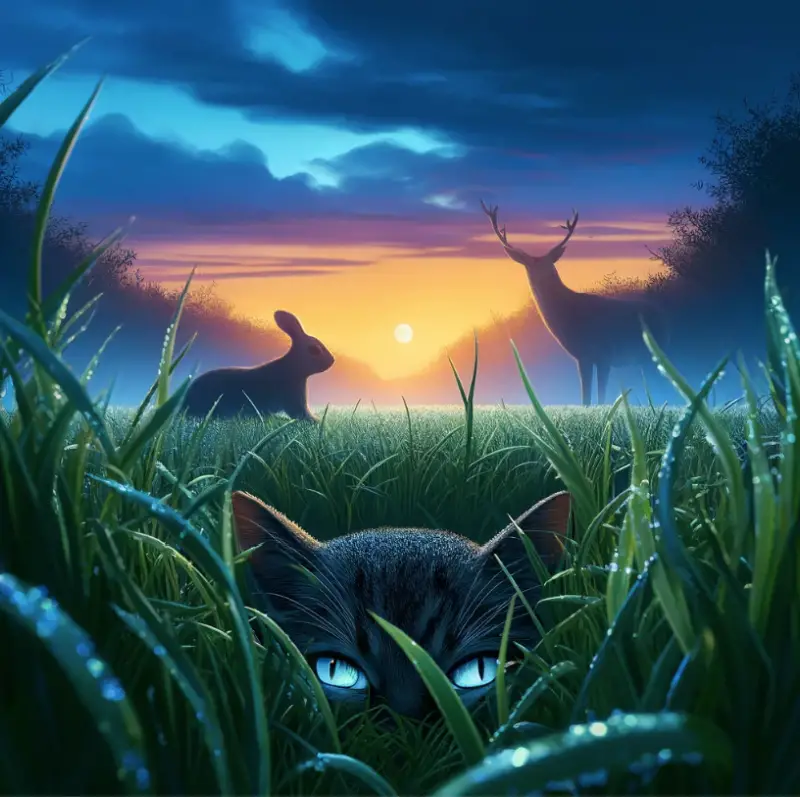
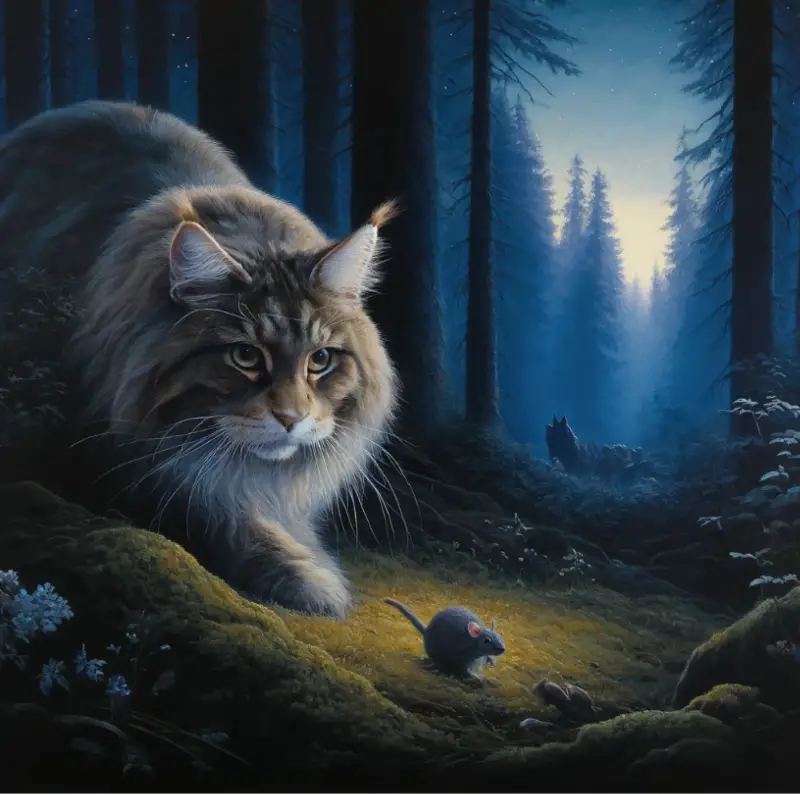
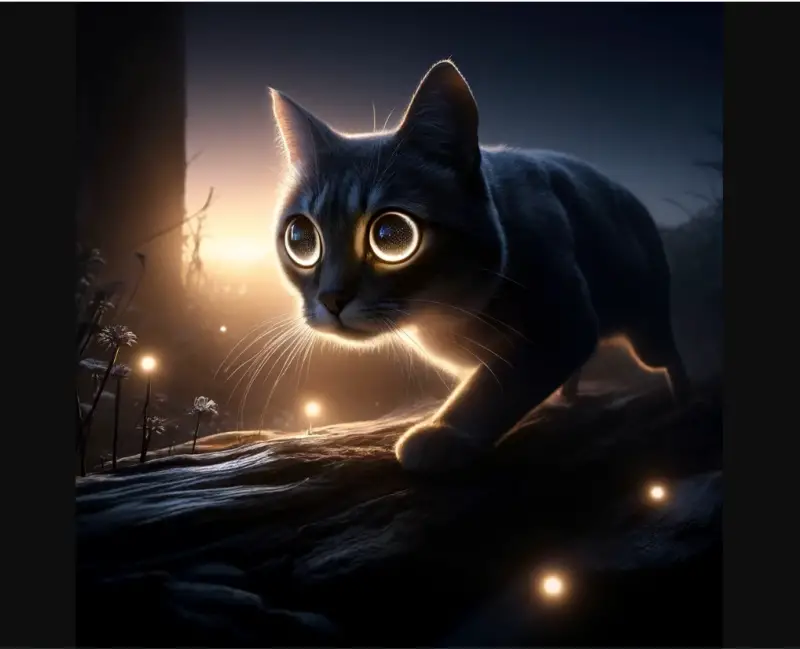
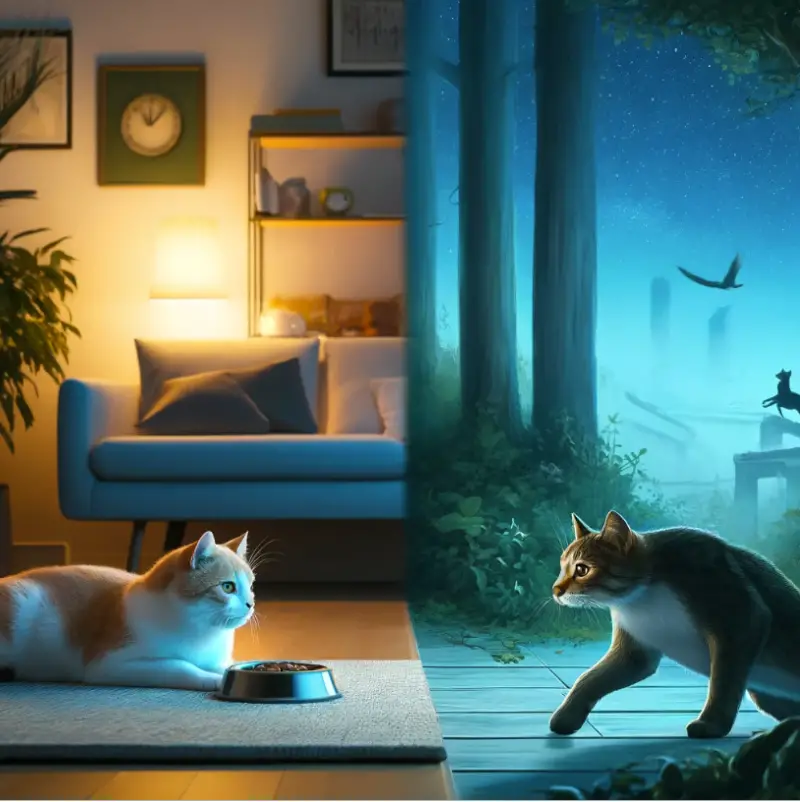
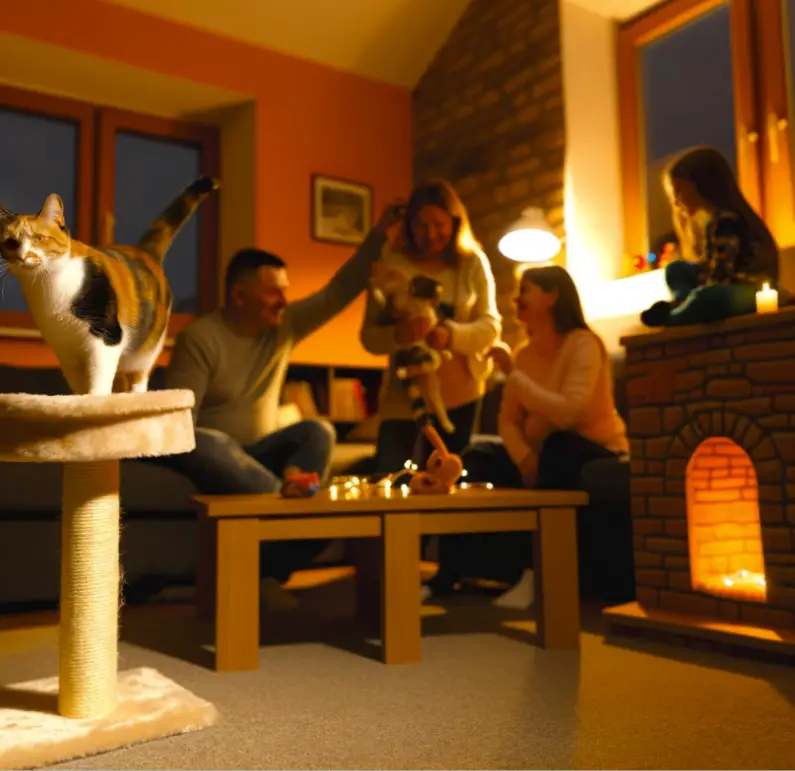
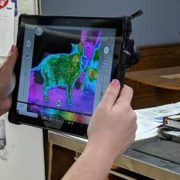
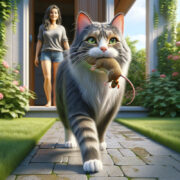

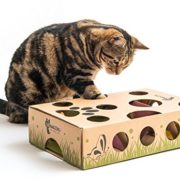
I never thought of the energy consumption information – our kitties are so smart. Thanks for another informative article and of course the pictures were simply fantastic. I sure like these articles, keep them coming.